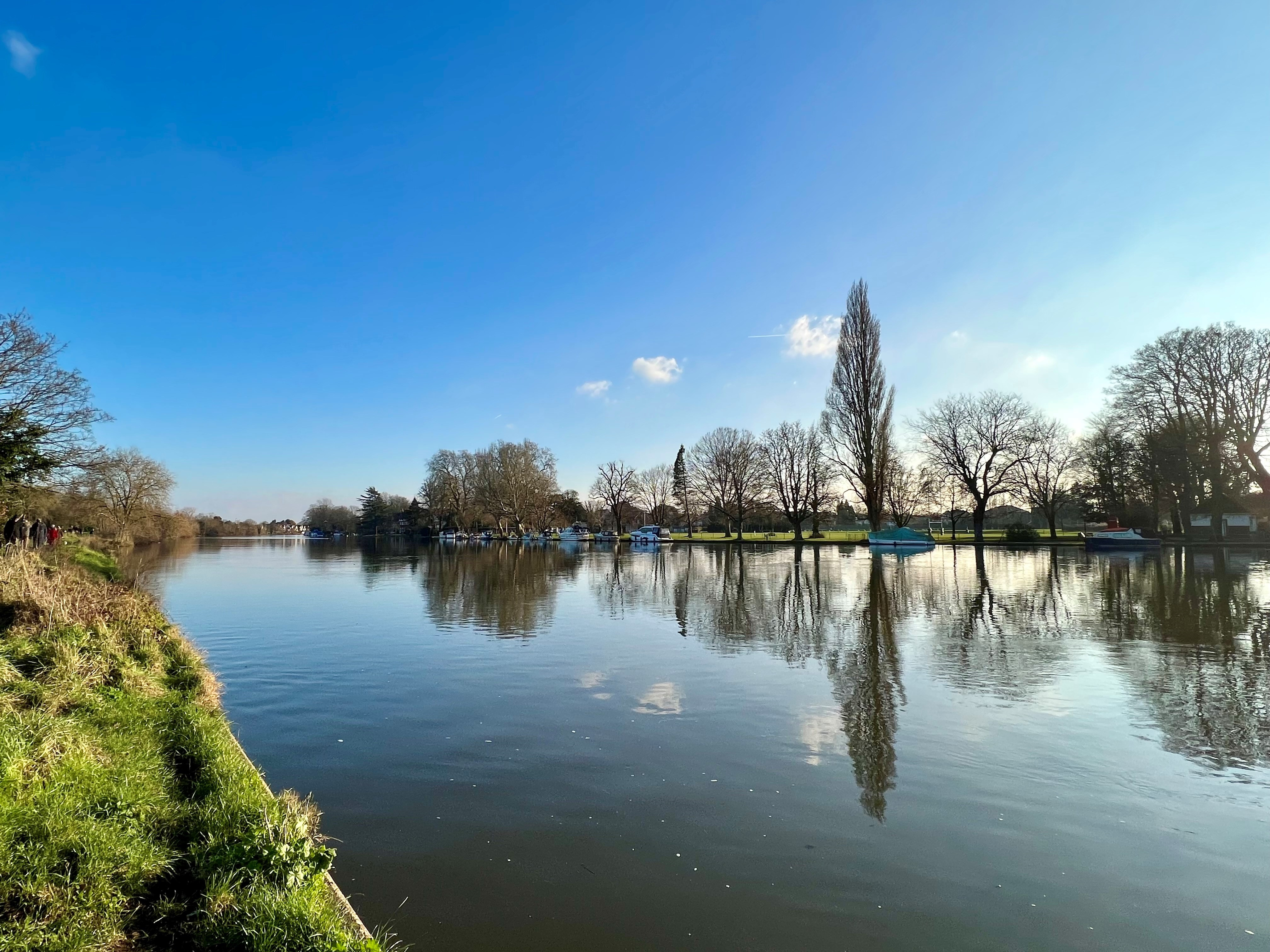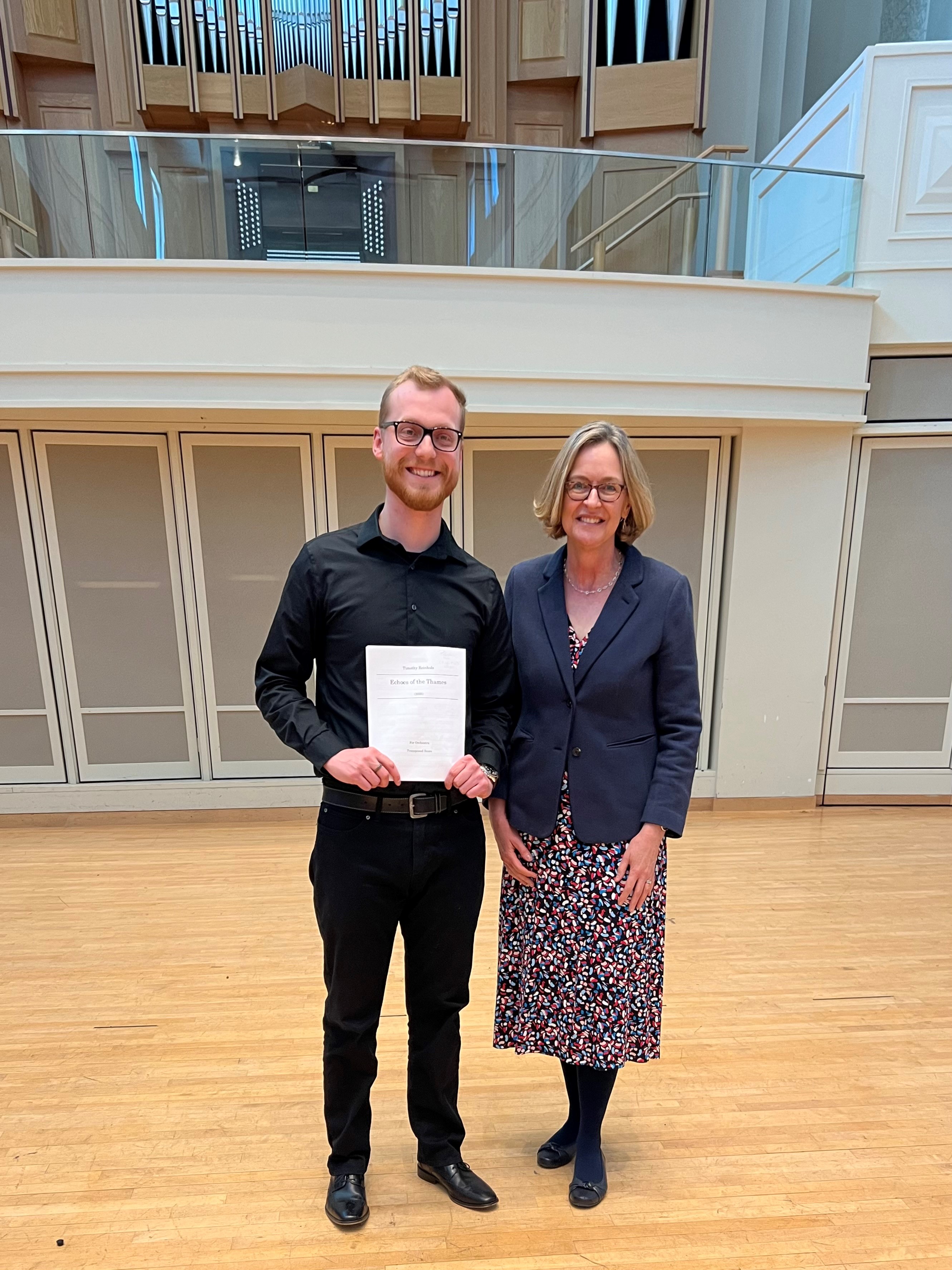Echoes of 150 years of River Chemistry
Published in Social Sciences, Chemistry, and Earth & Environment

Water quality impacts all aspects of life: from human health to sustainable economies and the integrity of the our ecosystems. Our recent study, published in Communications Earth & Environment, analyzed the world’s longest continuous (150-year) river chemistry dataset for the River Thames, U.K., including biological oxygen demand, chloride, phosphorus and silica. The paper provides a unique historical perspective on how human activity and environmental policy have shaped the water quality and environmental health of one of the world’s most iconic rivers. Here, we open a window into this unique river water chemistry record and highlight how this research has resonated across disciplines, to inspire a new piece of music, Echoes of the Thames.
Troubled waters: the origins of the world’s longest water quality record
The catalyst for this remarkable dataset was the “Great Stink” of 1858, a notorious event in London’s history, arising from severe contamination of the tidal River Thames, the main source of London’s drinking water at the time. Waterborne diseases, including cholera, were rife, with untreated sewage flowing unimpeded into the river from a rapidly growing urban population. During the summer heat of 1858, the stench of the river became unbearable, bringing the City of London and the Houses of Parliament to a standstill. Action had to taken to address the heavily polluted waters of the Thames, and new drinking water sources were developed in the cleaner waters, upstream of London’s pollution. With this, came a requirement to measure the river water quality at the water intakes. River water chemistry measurements began in 1868 at Teddington, above the tidal limit, and continue there to the present day. The water chemistry data prior to the early 1970s were archived as paper records from a range of different monitoring authorities. These historical data were uncovered and painstakingly transcribed from archival material by co-author Nicholas Howden (University of Bristol). The data were then harmonized and corrected, taking into account changes in laboratory methods, with the developments and evolution in analytical chemistry over the last 150 years. The resulting dataset provides a unique historical record, and the author team, also including Fred Worrall and Tim Burt (University of Durham), analyzed this dataset to tell the compelling story of the River Thames, through the lens of river water chemistry.

Facing the music: the changing health of the River Thames
Our paper reveals the evolution of the ecological health of the River Thames over the last 150 years: from the end of the Industrial Revolution, through two world wars, urbanization, industrialization and intensification of agricultural production during the post-war period, to the present day. A major water-quality concern in the Thames continues to be proliferation of algal blooms, linked to excess nutrients from agriculture and wastewater. Algal blooms are bad news for rivers because they shade out and suffocate aquatic life, using up vital oxygen in the water when they decompose. Diatoms, green algae and cyanobacteria are all part of the mix of algae that grow in our rivers, and some cyanobacteria can also be toxic. Algal blooms increase the costs of drinking water treatment and can limit recreational activities such as sailing, fishing and swimming. Controlling phosphorus - from sewage discharges and agricultural runoff from fertilizers and manures applied to land - is a key strategy to reduce algal blooms in rivers and lakes, because the algae require phosphorus to grow.
We found that, from the 1930s to 1980s, the Thames experienced a marked decline in water quality as a result of population growth, increasing wastewater discharges and intensification of agriculture, with runoff of fertilizer nutrients. Since the 1980s here have been remarkable achievements: phosphorus loads in the Thames declined by more than 80% owing to improvements in agricultural land and nutrient management and sewage treatment. However, despite these successes, phosphorus concentrations have not yet been reduced to the levels that would curtail algal blooms. Indeed, the silica concentration record for the Thames showed that some of the biggest blooms of diatoms (algae that take up silica) occurred after 2005, despite river phosphorus loads being ~80% lower than at their peak in the mid-1980s. Our research showed that there remains an abundance of phosphorus in the river to sustain algal blooms and, over the last 50-60 years, rising water temperatures have increased the potential for nuisance and harmful algal blooms. These results indicate that water-quality management is now ‘treading water’ in a warming climate: reductions in nutrient emissions have not been sufficient to reduce concentrations to limiting levels, and increases in algal bloom potential have been driven by an increasing number of days with favourable temperatures for diatom blooms in spring and cyanobacterial blooms in summer. This remarkable 150-year record highlights the challenges of managing water quality in a warming climate, and the need to further reduce nutrient emissions to control nuisance and increasingly harmful algal blooms.

Echoes of the Thames: deepening interconnections between music, history and science
We were delighted that this research also has had wider creative impact, beyond the environmental sciences, by inspiring a new piece of music: Echoes of the Thames, composed by Timothy Reinholz of the Jacobs School of Music, Indiana University. Reinholz, who works with environmental themes and data sonification, transformed the 150 years of Thames data, presented in our Communications Earth & Environment paper, into sound, using musical cells from Handel’s Water Music, first performed for King George I on the River Thames in 1717. Reinholz mapped individual water-quality analytes to musical parameters, allowing the evolving chemistry of the River Thames to shape the musical composition. By integrating the dataset into Handel’s musical framework, Echoes of the Thames creates powerful connections between the environmental history of the River Thames and its rich cultural heritage, helping to widen public engagement around issues of water quality and environmental change. Echoes of the Thames premiered at Auer Hall, Bloomington, IN, U.S.A, on April 13th 2025.


Follow the Topic
-
Communications Earth & Environment

An open access journal from Nature Portfolio that publishes high-quality research, reviews and commentary in the Earth, environmental and planetary sciences.
Related Collections
With Collections, you can get published faster and increase your visibility.
Geology of the Moon
Publishing Model: Hybrid
Deadline: Jan 31, 2026
Drought
Publishing Model: Hybrid
Deadline: Dec 31, 2025


Please sign in or register for FREE
If you are a registered user on Research Communities by Springer Nature, please sign in